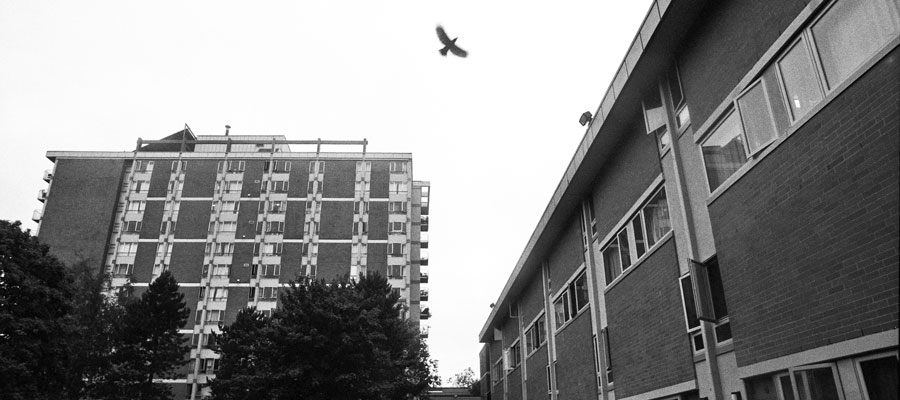The BC economy’s unbalanced and inequitable growth

Skyrocketing property transfer tax revenues have been in the news the past few days, but the bigger story, well-documented in a recent Huffington Post article, is how dependent the entire BC economy is on the unsustainable and socially damaging housing market.
It is instructive to reread the 2012 BC Jobs Plan to see how far the economy has diverged from what was intended. The core of the Jobs Plan was natural resource development, with more efficient regulatory processes and the pursuit of new markets in Asia. It was, at its core, all about LNG, mining and other resource sectors.
Though well masked by the housing bubble, there clearly is the need for a new economic development strategy in BC.
However Statistics Canada data clearly shows that didn’t take place. There has been growth in the BC economy over the last four years, but over one quarter of the total growth in BC’s gross domestic product (the standard measure of total output in the economy) has been in real estate services. And real estate services combined with residential construction has accounted for over one third of the entire growth in the economy over the last four years.
Resource industries have made no significant contribution to the growth of the BC economy. Output in agriculture, forestry and fishing has been flat, and in mining and energy there has been a decline in output since the Jobs Plan went into effect.
What we are witnessing is not just unsustainable, but also unbalanced growth. The table below, showing unemployment rates by region in the province, clearly indicates the disparity between regions benefiting from the housing boom and the rest of the province. Unemployment rates in the south coastal region over the last four years have fallen to very low levels, but have increased everywhere else. In the Northeast the rate of unemployment is as high or higher than what Alberta is experiencing.
Unemployment Rates by Region
(Statistics Canada Labour Force Survey)
| June 2013 | June 2014 | June 2015 | June 2016 | |
| Vancouver Island / Coast | 6.3 | 6.6 | 6 | 5.1 |
| Lower Mainland | 6.6 | 5.8 | 6 | 5.3 |
| Thompson-Okanagan | 6.5 | 5.7 | 4.9 | 7 |
| Kootenay | 5.8 | 6.7 | 7.3 | 7.5 |
| Cariboo | 5.6 | 7.1 | 7.9 | 7.8 |
| North Coast / Nechako | 7 | 9.8 | 7.5 | 8.1 |
| Northeast | 4.8 | 5.9 | 6.1 | 9.2 |
In addition to being regionally imbalanced, the growth we are experiencing in British Columbia is, by any measure, extraordinarily inequitable. People who own homes are doing very well. They are realizing more in capital gains than they or other workers (except perhaps those in real estate and other housing related industries) could ever hope to earn in labour income. But those who do not own homes—particularly those who live in Vancouver, Victoria or other urban centres with rapidly rising costs of housing—are seeing their real disposable income after housing costs sharply decline. It truly is not what governments of any political stripe would want for the population as a whole.
Though well masked by the housing bubble, there clearly is the need for a new economic development strategy in BC. It is not just that the bubble will eventually burst, it is that growth from the bubble is leaving too many regions and people behind.
Topics: Economy, Employment & labour, Housing & homelessness

